
EU Certification Testing for Smart Wearable Devices
Smart wearable products—including smartwatches, fitness trackers, Bluetooth headsets, smart rings, smart glasses, and AR devices—must comply with relevant certification requirements to enter the EU market. This ensures that the products meet local regulations regarding safety, electromagnetic compatibility (EMC), wireless communications, and environmental protection.
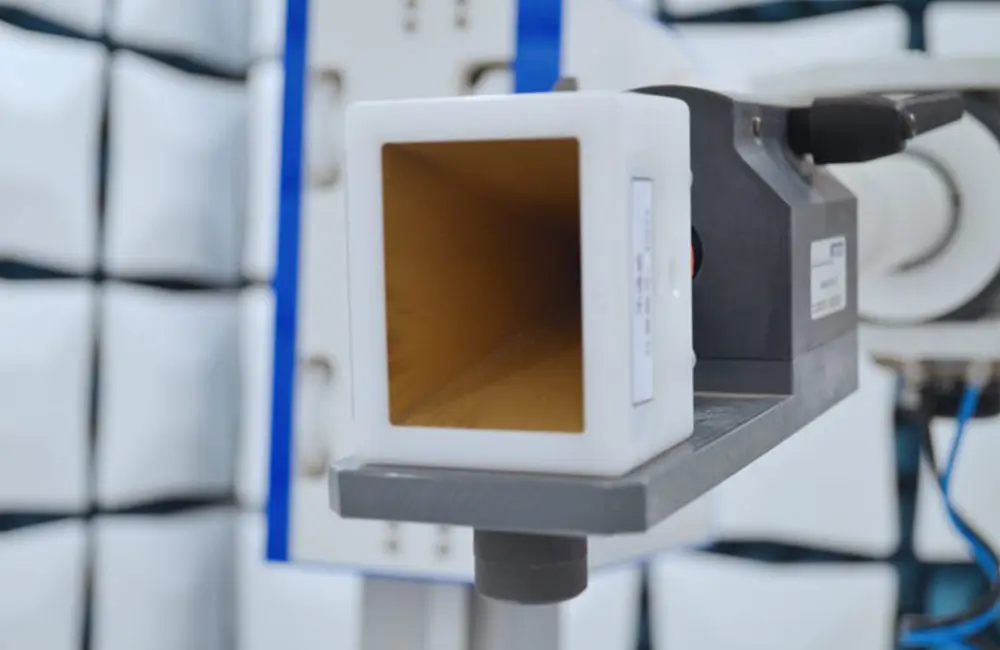
The core certification is CE marking, and additional requirements may apply depending on product functionalities. Below is an overview of key certification frameworks and operational points.
1. Core Mandatory Certification: CE Marking
CE marking is a compulsory certification for accessing the EU market, indicating compliance with EU health, safety, and environmental standards.
1.1 Main Directives/Regulations Involved
- Restriction of hazardous substances in plastics, batteries, coatings, etc.
- Limitation on lead, mercury, cadmium, and other hazardous substances (applicable to all electronic and electrical products).
- low voltage directive (LVD) for equipment with 50V–1000V AC or 75V–1500V DC (typically not applicable to most wearables but must be verified).
- Ensures devices do not cause electromagnetic interference (EMI) and can resist external interference.
- Applies to devices with wireless functions (e.g., Bluetooth, Wi-Fi, NFC, GPS).
- Test items: RF performance, EMC, electrical safety, SAR (Specific Absorption Rate, for RF-transmitting devices).
01. Electrical Safety (LVD Directive)
- Test standard: EN 62368-1 (replacing EN 60950 / EN 60065)
- Requirements: battery safety (overcharge/short circuit protection), insulation performance, mechanical protection (e.g., waterproofing, dustproofing), thermal design.
02. Electromagnetic Compatibility (EMC Directive)
- Test standard: EN 301 489 series
- Requirements: device anti-interference capability (e.g., stable Bluetooth signal) and no interference with other equipment.
03. Wireless Communication Compliance (RED Directive)
- Applicable to: devices with RF functions (Bluetooth, Wi-Fi, etc.)
- Key tests:
- EN 300 328 (2.4GHz band devices, e.g., Bluetooth)
- EN 301 357 (low-power RF devices): RF power, spectrum occupation, bandwidth limits
04. Hazardous Substances Restriction
- RoHS Directive: limits 10 hazardous substances, including lead, mercury (in PCBs, batteries)
- reach regulation: controls chemicals in straps, batteries (e.g., nickel release levels)
1.2 Other Potentially Applicable Certifications
- sar testing (Specific Absorption Rate): applies to wireless devices used close to the body (e.g., smartwatches), must comply with EN 50566 or EN 62311
- EN 301 489 (emc testing): EMC testing for wireless devices
- en 62479 (low power exemption): potential RED test exemptions for very low RF power devices
2. New Cybersecurity Requirements (Mandatory from August 2025)
Based on en 18031 standard (RED Directive supplement), with categorized controls:
- EN 18031-1: Networked devices (e.g., smartwatches/fitness trackers) must resist cyber-attacks, support secure communication protocols (e.g., TLS 1.3+), and enforce mandatory firmware updates.
- EN 18031-2: Devices processing personal data (e.g., health trackers) must provide data encryption (AES-256), parental control functions.
> Exemption: Medical devices under MDD/MDR may be partially exempt.
3. Additional Requirements for Special Functions
3.1 Medical & Health Monitoring Functions
If claiming disease diagnosis (e.g., ECG monitoring), compliance with MDR Regulationis required:
- Submit clinical evaluation report according to risk class (Class I / IIa).
- Class IIa and above require EU Notified Body (e.g., TÜV) review.
3.2 Battery & Energy Efficiency
- Lithium batteries must comply with EN 62133safety standard.
- Capacity ≥100Wh requires UN 38.3transport certification.
- Energy efficiency labels (erp directive) apply to chargers.
3.3 Children’s Products
Devices with button batteries must pass swallowing prevention test(UL 4200a) and carry warning labels.
4. Operational Procedures & Considerations
4.1 Certification Path Selection
- Non-medical devices: CE self-declaration (maintain technical documentation)
- High-risk devices (medical/children’s): Certification by EU Notified Body
4.2 Technical File Preparation
Include:
- Circuit diagrams
- Test reports (EMC/RF/safety)
- Risk assessments
- Declaration of Conformity (DoC)
- Multi-language user manual
4.3 Marking & Packaging
- CE / ukca marks (for UK market)
- EU importer information
- Packaging materials must comply with 94/62/EC(heavy metal limits)
4.4 Transition Period for New Rules
EN 18031mandatory from August 1, 2025; recommend starting certification planning at least 6 months in advance.
> Tip: The boundary between medical and ordinary wearables is blurred. If health monitoring involves disease management (e.g., blood glucose, arrhythmia warnings), be sure to certify under MDR to avoid compliance risks.
5. Certification Process
1. Determine product classification (wireless function? battery type?).
2. Choose JJR laboratory in China.
3. Conduct testing (EMC, RF, safety, SAR, etc.).
4. Prepare technical construction file (TCF).
5. Apply for certification (CE/FCC, etc.).
6. Affix markings (CE/FCC/UKCA, etc.).
Email:hello@jjrlab.com
Write your message here and send it to us
 What is a UK Authorized Representative?
What is a UK Authorized Representative?
 Food Contact Materials LFGB Compliance
Food Contact Materials LFGB Compliance
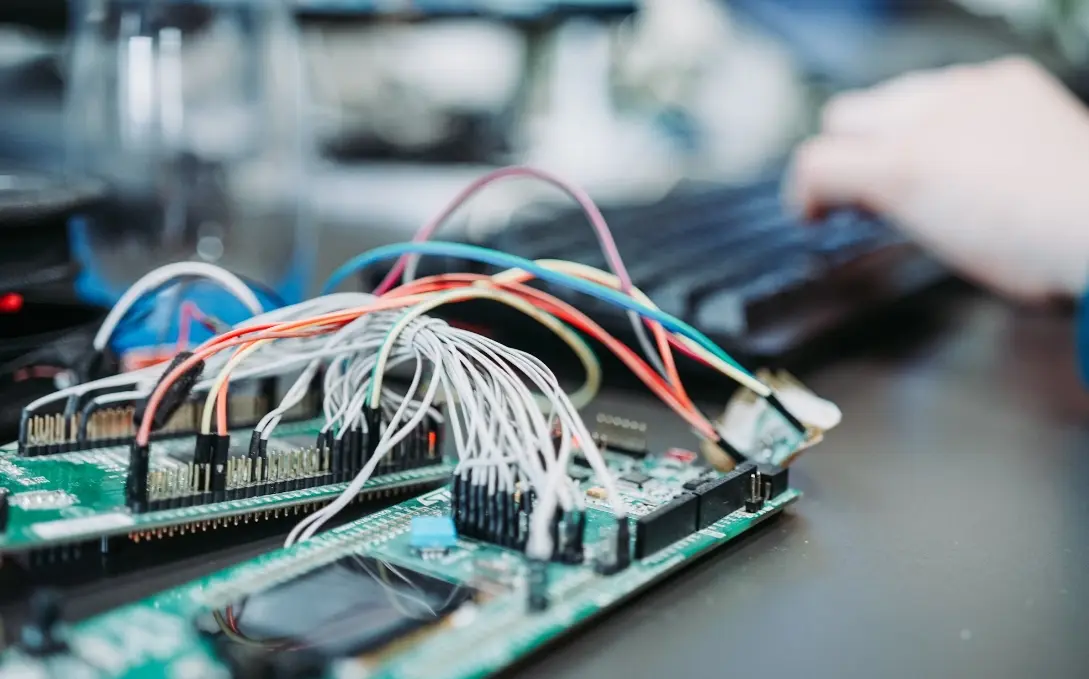 Compliance Test Reports for Export to the US
Compliance Test Reports for Export to the US
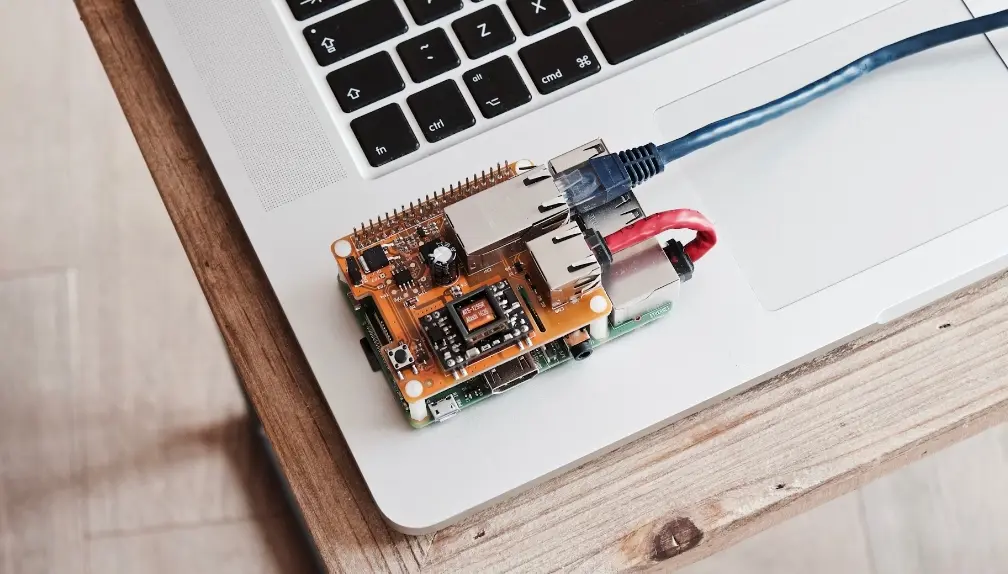 UKCA Certification to Replace CE Compliance in 202
UKCA Certification to Replace CE Compliance in 202
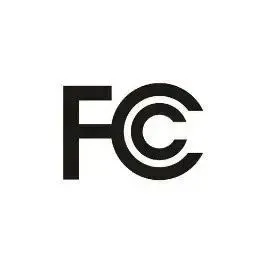 Does Your Product Need an FCC ID?
Does Your Product Need an FCC ID?
 What Are the Battery Compliance Test Reports?
What Are the Battery Compliance Test Reports?
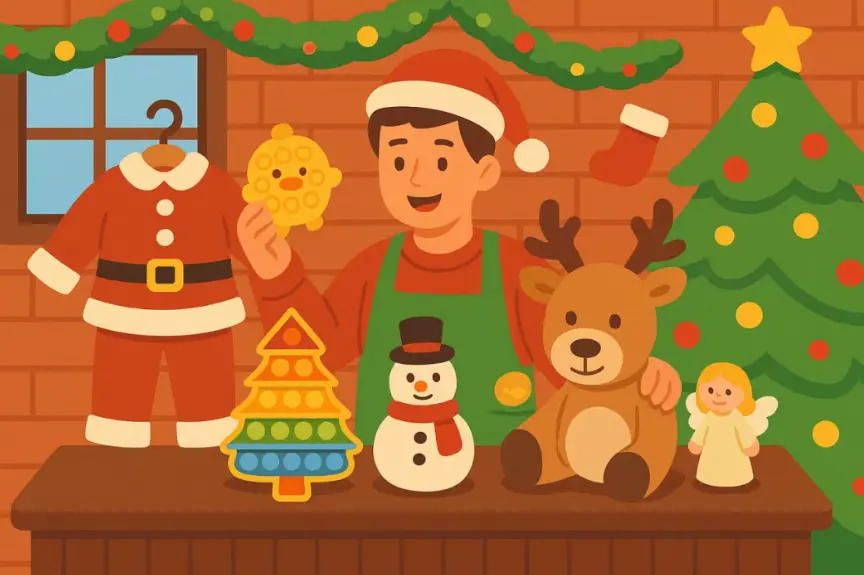 Christmas Children’s Products EU & US Complian
Christmas Children’s Products EU & US Complian
 Food Packaging Material Testing
Food Packaging Material Testing
Leave us a message
24-hour online customer service at any time to respond, so that you worry!




